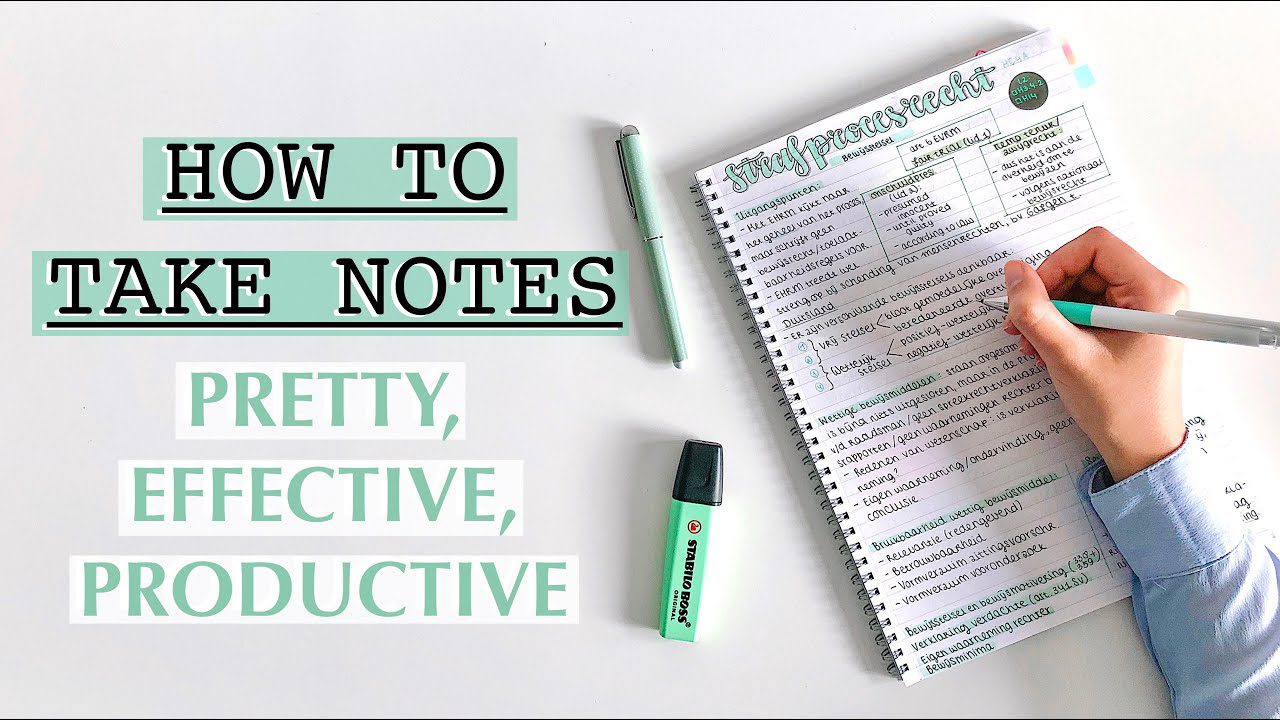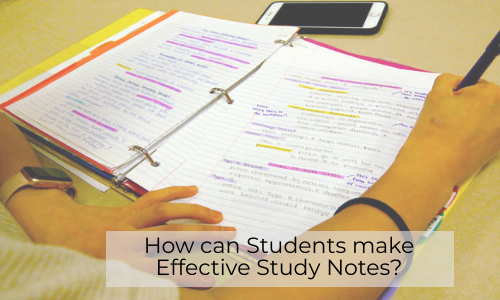Whether you’re a student in school, a professional upgrading skills, or a lifelong learner, mastering the right way to make study notes can transform how effectively you understand and retain information. Good notes are not just summaries—they are tools to make learning easier, faster, and more lasting. In this blog, we’ll explore the best ways to take study notes, why they matter, different styles you can use, and how to turn them into a powerful learning aid.

Why Making Good Study Notes Matters
Note-taking is more than just writing down what you hear or read. According to a study published in Psychological Science, students who take notes by hand tend to understand and remember concepts better than those who simply type everything out (Mueller & Oppenheimer, 2014).
When you take notes, you’re actively engaging your brain. This improves focus, helps you process information, and makes it easier to recall later. Good notes serve as a quick revision tool, help clarify difficult topics, and can even improve exam performance.
Step 1: Prepare Before You Begin
Before you even start taking notes, you need to set the right environment and mindset.
- Organise your materials: Have a dedicated notebook or digital file for each subject.
- Choose your tools: Some people prefer pen and paper; others like using apps like OneNote, Evernote, or Notion.
- Preview the material: If you’re reading a textbook or attending a lecture, skim through the topic beforehand. This gives you an idea of what to expect and helps you catch key points more easily.
Step 2: Choose the Right Note-Taking Method
Different subjects and learning styles call for different note-taking techniques. Here are some of the most effective ones:
1. The Cornell Method
Best for: Active review and retention
Divide your page into three sections: Notes, Cues, and Summary.
- Notes: Main content during class or reading
- Cues: Keywords or questions after the session
- Summary: A brief wrap-up at the bottom
This format promotes active recall and self-testing, proven to enhance memory (Pauk & Owens, 2013).
2. The Mapping Method
Best for: Visual learners and complex topics
Create diagrams or mind maps to show connections between ideas. This is particularly helpful in science or humanities subjects where concepts are interrelated.
3. The Charting Method
Best for: Subjects with lots of facts or comparisons
Divide your page into columns to compare different ideas, dates, or events. This method is very useful in history or medical studies.
4. The Sentence Method
Best for: Fast-paced lectures
Write each new thought on a separate line, using brief sentences. While it might lack structure, it’s useful when you need to jot things down quickly and can be organised later.
Step 3: Be Active, Not Passive
Effective note-taking is not just transcription. Here are ways to make your notes more meaningful:
- Paraphrase: Don’t copy everything word-for-word. Instead, rewrite it in your own words. This forces your brain to process the information.
- Use symbols and abbreviations: This saves time and keeps your notes concise.
- Highlight or underline key terms: But don’t overdo it—highlight only the most critical ideas.
- Leave space: After each topic, leave room so you can add thoughts or clarification later.
Step 4: Review and Revise Regularly
Taking notes is only half the job. To make them stick, review them regularly:
- Same day: Re-read your notes within 24 hours. This strengthens your memory.
- Weekly reviews: Set aside time each week to go over your notes and test yourself.
- Use flashcards: Convert key points into question-answer pairs using apps like Anki or Quizlet.
Active recall and spaced repetition, supported by research from Dr. Hermann Ebbinghaus, are proven techniques for long-term memory (Ebbinghaus Forgetting Curve).
Step 5: Personalise Your Notes
Everyone learns differently. Don’t be afraid to make your notes your own.
- Add drawings or doodles: Especially helpful for visual learners.
- Use colour coding: Assign colours to topics or categories (e.g., red for definitions, blue for examples).
- Include examples and analogies: Relating concepts to real life makes them easier to understand.
You’re more likely to revisit notes that are visually appealing and easier to navigate.
Digital vs. Handwritten Notes: Which Is Better?
There’s no one-size-fits-all answer here. Each has its pros and cons.
- Handwritten Notes: Promote better understanding and memory retention, especially in subjects requiring deep thinking.
- Digital Notes: Are easier to organise, edit, and search. Great for subjects with lots of resources or when collaborating with others.
Hybrid approaches are becoming popular—take notes by hand, then organise or summarise them digitally.
Tips for Making Notes Across Different Subjects
Science and Math
- Focus on formulas, processes, and problem-solving steps.
- Include diagrams and flowcharts.
- Write down mistakes and corrections to avoid repeating them.
Literature and Languages
- Note themes, literary devices, and vocabulary.
- Include quotes with page numbers.
- Create character maps or plot timelines.
History and Social Studies
- Use timelines, cause-effect charts, and comparison tables.
- Summarise events in your own words.
- Connect historical events to current affairs to deepen understanding.
Common Mistakes to Avoid
- Writing everything down: You’ll end up with too much information and not enough understanding.
- Not organising your notes: Makes it hard to find what you need later.
- Skipping revision: Your notes lose their value if you don’t use them.
- Ignoring your learning style: What works for someone else may not work for you.
Final Thoughts: Turn Notes into a Learning Habit
The best notes are the ones you understand and use. Whether you’re preparing for exams, learning a new skill, or just trying to remember what you read, good study notes are your best tool. Experiment with different methods, review often, and always aim to understand, not just memorise.
Remember: Study smarter, not harder.
The Right Way to Maintain Healthy Boundaries
References
- Mueller, P. A., & Oppenheimer, D. M. (2014). The Pen Is Mightier Than the Keyboard: Advantages of Longhand Over Laptop Note Taking. Psychological Science. Link
- Pauk, W., & Owens, R. (2013). How to Study in College. Cengage Learning.
- Ebbinghaus, H. (1885). Memory: A Contribution to Experimental Psychology. Summary on SimplyPsychology

